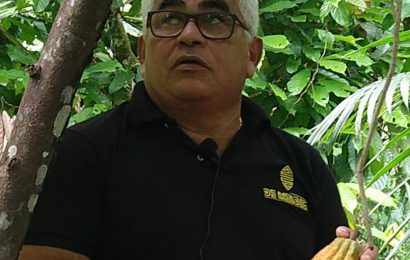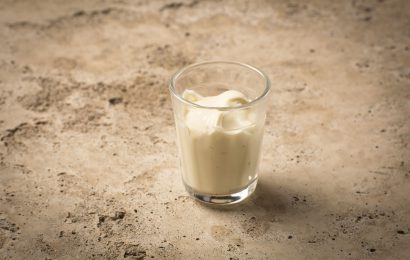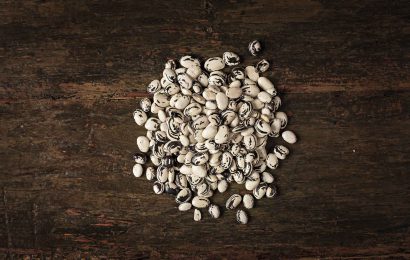Manihot esculenta Crantz.
“The Queen of Brazil.” This was the title of the chapter Brazilian anthropologist and historian Luís da Câmara Cascudo devoted entirely to manioc / cassava in his masterpiece História da alimentação no Brasil (History of Food in Brazil). Native to South America, this root has the ability to reunite Brazilian national cuisine: it is consumed everywhere, from north to south, from east to west of the country. Fresh cassava is usually served fried or boiled. But its wealth goes far beyond the uses of the ingredient in natura. Versatile, it is the raw material for a number of equally important products in the gastronomic culture of the country, such as manioc flours of various textures, goma and tucupi. That means it can be enjoyed in every step of the meal, from snack to main dish to dessert. Cassava is also known in Portuguese as aipim, macaxeira and mandioca-mansa (literally “tame” mandioca). Manioc, on the other hand, is known as mandioca-brava (literally, “angry”), which cannot be consumed without being processed, due to its high hydrocyanic acid content. The leaves, after going through a long and careful cooking process to eliminate the toxicity, are commercialized as maniva.



